EVERYTHING YOU NEED TO KNOW ABOUT MOISTURISING YOUR FACE
There are two things in life that are confusing: algebra and skincare.
The latter, we’re here to help you decipher. The former, well, sorry but we’re no hope.
If you’ve ever wondered whether you really need to moisturise your face, just wear a pair of leather shoes for a few months without conditioning them and see what happens. Do you see where we’re going here? Over time, cracks, deep crevices, and a general wear will age even that tough and tanned cowhide.
The point of this analogy? Your much less resilient skin needs regular protection and care to keep it looking fresh.
Here, we’ve listed everything you need to know about the art of moisturising…
START WITH A CLEAN BASE (BUT NOT TOO CLEAN)
Removing surface dirt and oil is the first step in allowing any hydrating face cream to penetrate your skin’s surface layers. Cleansing twice a day, morning and night, is a good idea. But don’t get carried away by using heavy-duty scrubs more than once or twice a week. These will only irritate the skin and stimulate oil production. Instead, look to gentle micellar cleansing waters as an alternative to cleansers.
KNOW YOUR SKIN TYPE
Knowing what kind of skin you have is the first step in determining your skin care regimen and your moisturising needs.
How can you tell your skin type, do you ask? Sensitive skin reddens easily and stings or burns when you apply most products. For the other types, the condition of your T-zone (across your forehead and a straight line down your chin) will help you identify which category you fit in. At the end of the day, examine the area. Generally speaking, a matte surface means dry skin, a greasy or shiny zone translates to oily, and if your face is just slightly slick, you’re likely to have normal or combination skin.
• Dry—Use a cream or oil cleanser and follow up with a rich moisturising face cream. As long as acne is not an issue, oil-based lotions or pure plant-based oils like rosehip and jojoba are a good choice, especially at night.
• Oily—Avoid any heavy or oil-based formulas. Instead, opt for a foaming cleanser and use an oil-free or mattifying moisturiser in the morning and just a lightweight serum at night.
• Normal/ Combination—The trick to treating this variable skin is creating balance. Aim for a medium-weight product that maintains moisture but doesn’t add oil to already shiny areas. If there are extreme disparities between areas, you can always use two different products like a mattifying moisturiser around your T-zone and a richer face cream around your chin and sides of nose.
• Sensitive—Avoid irritating ingredients, such as alcohol, fragrances, dyes, and preservatives (parabens and phthalates). Moisturise twice daily with mild, preferably natural and certified organic products, specifically designed for sensitive skin.
SERUMS AREN’T A GIMMICK
For realz. If you thought serums were just a marketing ploy, think again. Serums, in fact, contain higher concentrations of active ingredients than your average face moisturisers, and subsequently, they penetrate deeper into the skin. They also tend to be fine in texture, allowing them to be better absorbed and target deeper skin-cell layers. Another benefit of serums is that they can treat different skin conditions, from pigmentation and fine lines to dryness and blemishes. To avoid walking around the beauty counters clueless, check packaging for active ingredients such as Vitamin A, Vitamin E or Pitera.
Oh, and remember: A good serum isn’t sticky or greasy on the skin. Serums, for the most part, should be used in addition to a cream or lotion, however, they’re hydrating enough to be used alone (particularly for oily skin types).
THE EYES HAVE IT
Of your face, the skin around your eyes is the most sensitive, delicate, and prone to wrinkling. Repetitive actions, such as squinting, rubbing your eyes, and vigorously drying your face with a towel will eventually come to see crow’s feet. To slow down the signs, add an eye cream with hyaluronic acid or vitamin E to your regimen at night. Tap – don’t rub – it on gently with your ring finger. Got deeper crevices appearing? Collagen-boosting retinol will also temporarily fill them to keep those peepers looking perky.
STOP, REVIVE AT NIGHT
It’s called “beauty sleep” for a reason. Night is an essential time to renew your mind — and your skin. Adding a lotion, cream or oil before bed creates softer, more hydrated, and better-looking skin the next day. It also helps seal in moisture and repairs the skin barrier that’s already compromised. Before bed, use products with targeted ingredients that can help slow down the signs of aging. Most skin types will benefit from using a skin treatment lotion that has retinol (Vitamin A), or other anti-aging creams or serums, such alpha hydroxyl, glycolic acid, or peptides for anti-aging,” says Dr. Welsh.
[responsive imageid=’15561′ size1=’0′ size2=’641′ size3=’1024′]
[responsive imageid=’15560′ size1=’0′ size2=’641′ size3=’1024′]
[responsive imageid=’15568′ size1=’0′ size2=’641′ size3=’1024′]



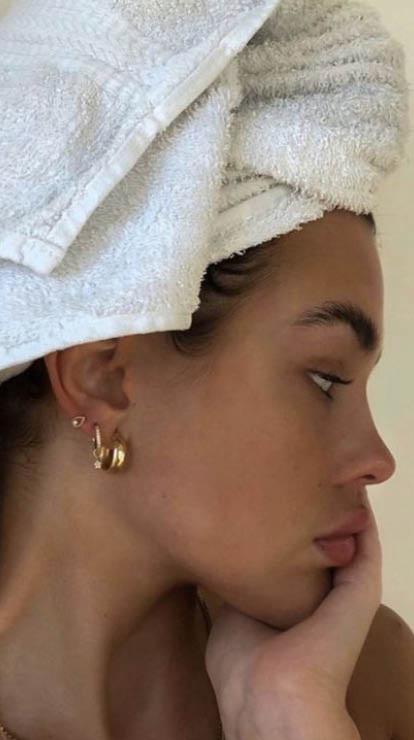




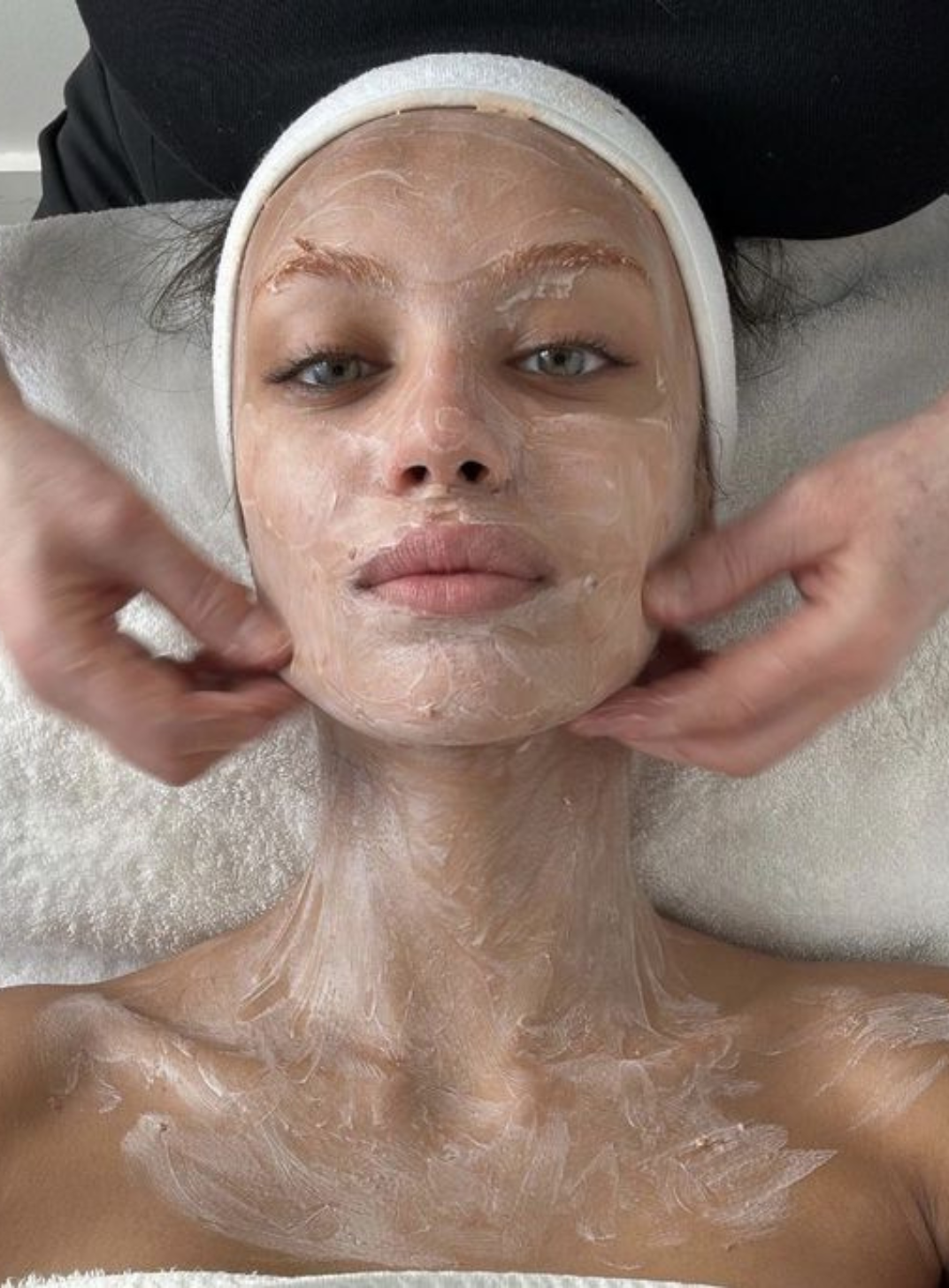
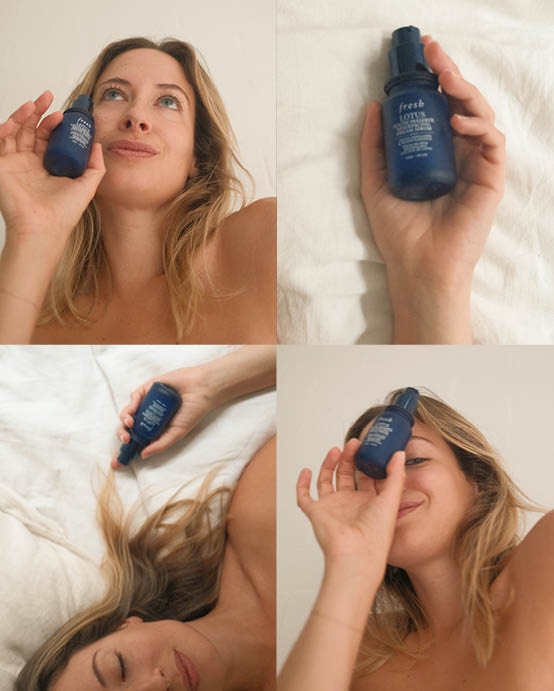
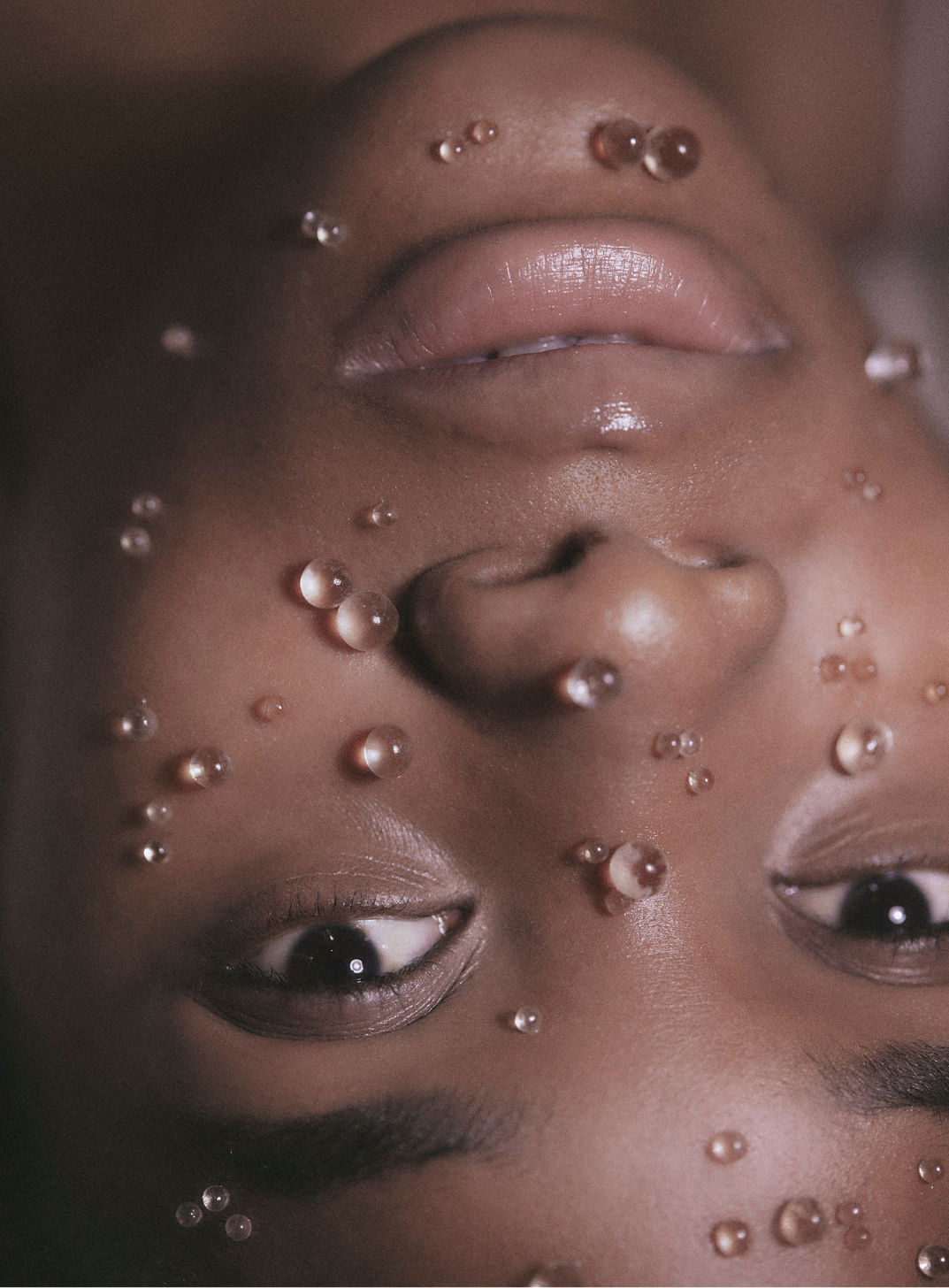
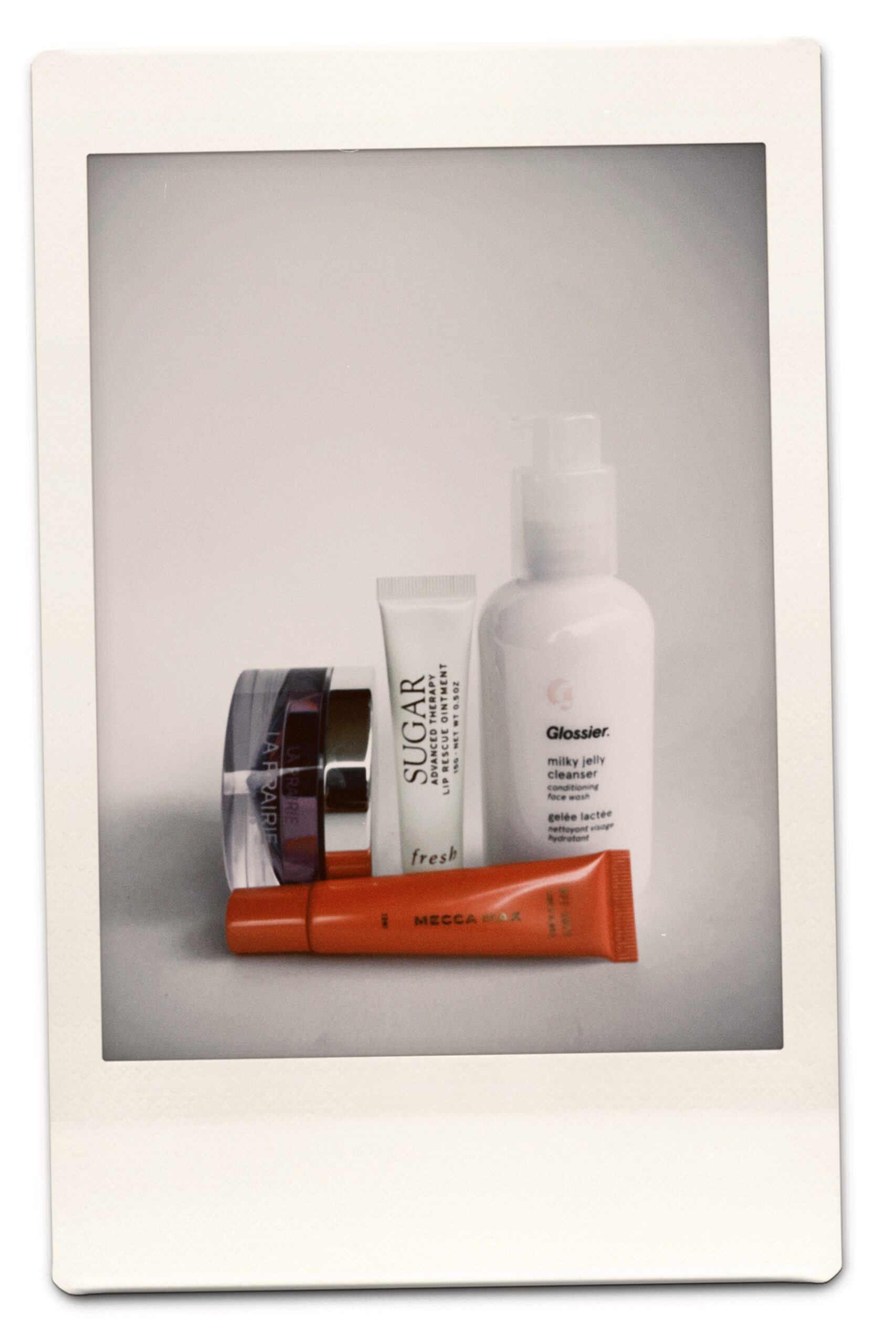

Comments